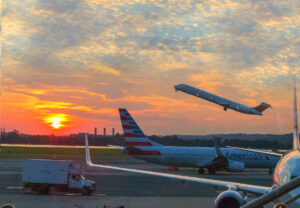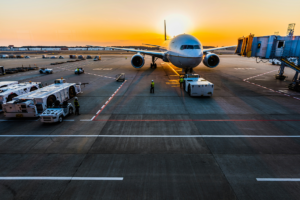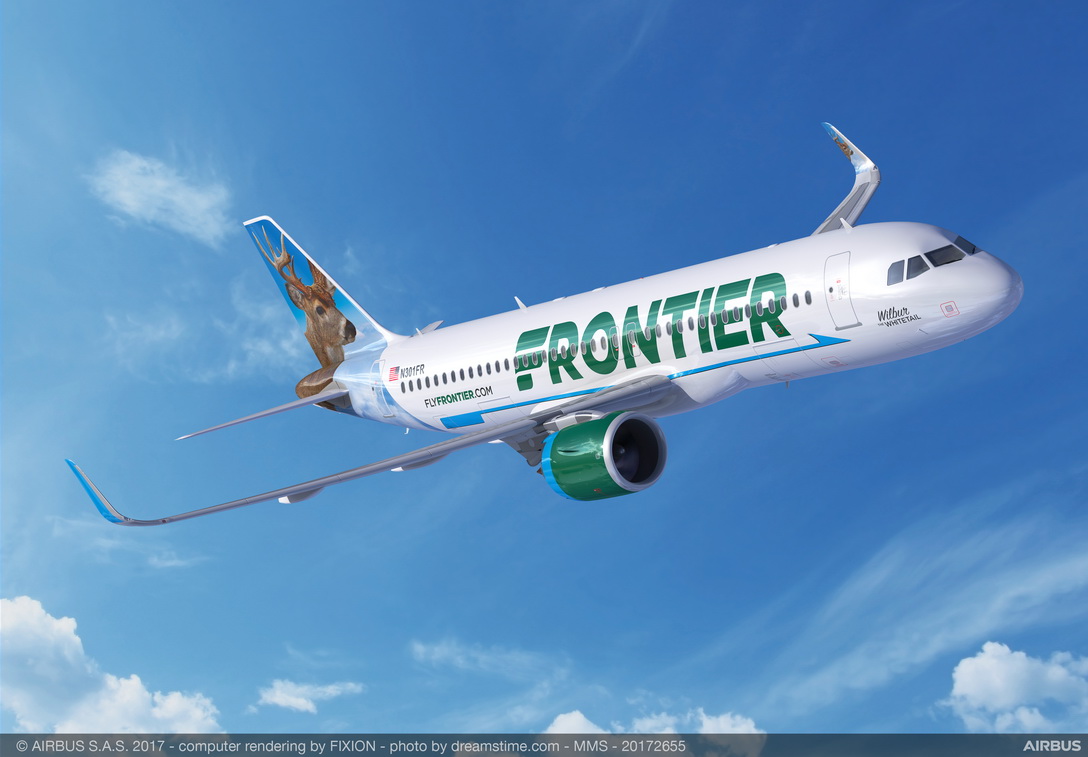FAA Reminds Pilots of Safety Requirements After Close Calls

The agency issued a Safety Alert for Operators (SAFO) on Wednesday, March 22, 2023, after a number of high profile near-miss incidents in the early months of 2023.
FAA Reminds Pilots of Safety Management Protocols
The SAFO reminds pilots of the six near-miss incidents since January 2023, including two highlighted by an NBC News report. As a result, the agency wants pilots to focus on five areas of concern. The SAFO calls out sterile flight deck procedures, airport runway and taxiway awareness, following published procedures and checklists, and encouraging personnel to report safety issues.
“Safety management requires adapting to continual change,” the SAFO reads. “Effective safety management is designed to detect emerging safety issues, assess the level of risk and address those risks through mitigations.”
As a result of the incidents, the FAA is asking pilots to review focus areas to ensure “operations are conducted at the highest level of safety, including changes to procedures or training, if appropriate.” To start, airlines are asked to use “all available internal communications” to go over the recent near miss incidents and discuss existing issues.
In addition, the agency is asking pilots to ensure they have the same understanding of what “sterile flight deck” means. Codified in 1981, sterile flight deck rules prohibits “non-essential duties or activities” during taxi, takeoff, landing, and all operations under 10,000 feet.
The FAA is also asking pilots to review previous SAFOs regarding incursions and near miss incidents. In particular, the agency cites three different SAFOs: High collision risk during runway crossing, runway incursion prevention actions, and flight crew techniques and procedures during sterile flight deck rules.
Although there is no deadline to review these requirements, the FAA wants operators to stay vigilant when operating commercial aircraft and remember to continually manage a culture of safety.
“Operators should evaluate information collected through their safety management processes, identify hazards, increase and improve safety communications with employees and enact mitigations,” the SAFO reads. “Safety management systems, policies and procedures must be able to account for a high rate of change.”























I don't think the sterile flight deck is a problem so much as a lack of attention to detail. The incident at JFK, for example, was caused by taxiing across a runway other than that which the crew was cleared to cross. If the audio recording making the rounds is to be trusted (and I'm not 100% confident it's the actual recording), the crew read back the correct clearance and then proceeded to do otherwise.
The incident at AUS -- the only other one I'm familiar with -- would appear to be an ATC failure, but even then I'm not entirely sure based on news reports. I haven't seen anything definitively stating how far our the FedEx plane was when Southwest was cleared for takeoff (I've seen figures between 2 and 5 miles). If they were closer to 5 miles, that's plenty of time for Southwest to get going and off the ground with plenty of margin. If it's 2 miles, that's not enough.
I think the one group that's not to blame at all is the airports. They have very little to do directly with airside operations.
It would be nice to know what airports these near misses occurred at as well as what carriers--this information helps us the flying public 'vote with our wallet' and simply not fly carriers and airports that aren't going to take safety seriously.
I never heard about 'sterile flight deck' before, but if cell phone distractions are as bad as they are in other industries, I think that's probably a major source of the problem.
The incidents were well covered in the news and which airlines were involved. Austin and JFK are two of them. American, Delta, Southwest, and Fedex were involved. United had an odd incident or two happen as well.